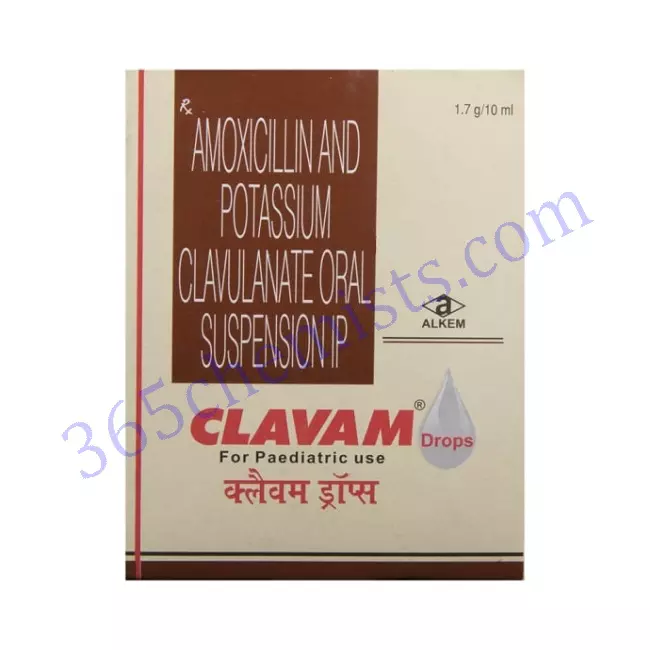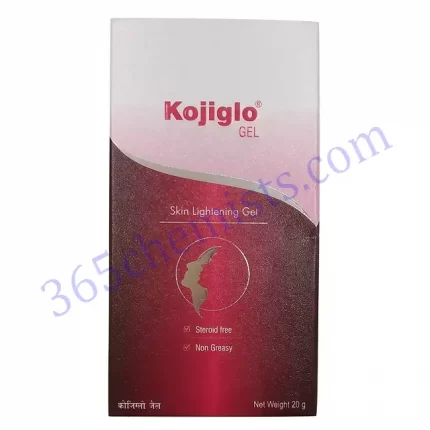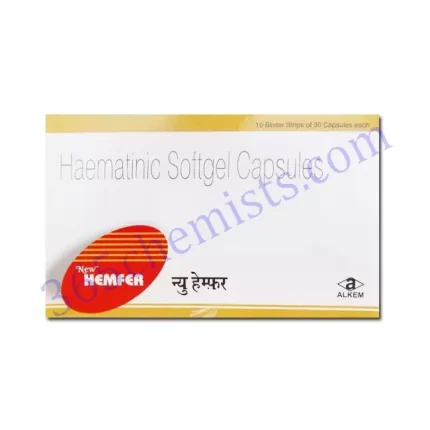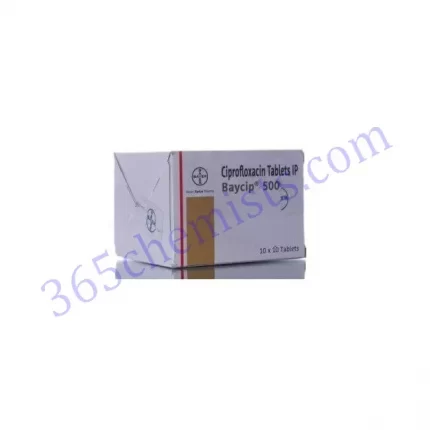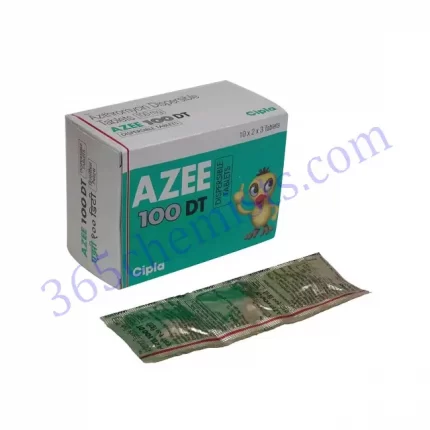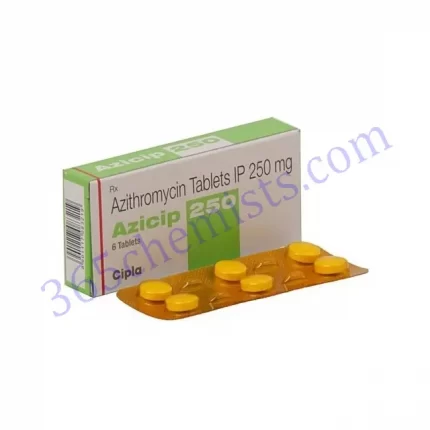Clavam Drops (Amoxycillin 80mg/Clavulanic Acid 11.4mg): A Potent Combination for Pediatric Infections
Amoxycillin and clavulanic acid are two active ingredients that are known for their effectiveness against a variety of bacterial infections. Clavam Drops is a paediatric formulation that combines these two active ingredients. These drops are formulated to meet the unique needs of infants and young children, making them an easy-to-use and reliable method of administration. We will examine the mechanism of action, indications, dosage, side effects, and precautions associated with Clavam Drops, with a focus on its significance in the treatment of paediatric infections, throughout this detailed description.
Mechanism of Action:
Amoxycillin is an antibiotic that belongs to the penicillin class, and clavulanic acid is a beta-lactamase inhibitor. Together, these two components make up Clavam Drops. The synthesis of bacterial cell walls is stopped by amoxycillin, which ultimately results in the death of the bacterial cells. Clavulanic acid, on the other hand, boosts the efficacy of amoxycillin by inhibiting the activity of beta-lactamases, which are enzymes produced by bacteria that are responsible for rendering amoxycillin ineffective. Clavam Drops are effective against a wide variety of susceptible bacteria thanks to the combination of two different antibiotics. These bacteria include Streptococcus pneumoniae, Haemophilus influenzae, and Escherichia coli.
Indications:
- For the treatment of a variety of bacterial infections in infants and young children, including but not limited to the following, Clavam Drops are frequently prescribed by medical professionals.
- Infections of the Ear: It is an effective treatment for acute otitis media, which is a common type of ear infection that affects children.
- Infections of the Respiratory Tract Clavam Drops are an effective treatment for bronchitis, pneumonia, and other infections of the respiratory tract that are caused by bacteria that are susceptible to the medication.
- Infections of the Urinary Tract: This medication is recommended for the treatment of urinary tract infections in paediatric patients, including cystitis and pyelonephritis.
- Infections of the Skin and Soft Tissues: Clavam Drops are an effective treatment for impetigo, cellulitis, and a variety of other skin and soft tissue infections that can affect children.
Dosage
Clavam 625 Tablet
Clavam 375 Tablet
Clavam DT Tablet
Clavam Drops
Clavam 1.2gm Injection
Clavam 300mg Injection
Dosage and Administration:
The amount of Clavam Drops that a child should take is dependent on both the child’s weight and the seriousness of the infection. It is essential to carefully adhere to the dosing instructions provided by the healthcare professional who prescribed the medication. In most cases, the recommended dosage of the amoxycillin component is 20 milligrammes per kilogramme per day, to be taken in two or three equal doses. The drops can be taken orally by placing one or two of them directly into the mouth, or they can be made easier to take by mixing them with a very small amount of milk or fruit juice. The length of treatment will differ from case to case and from patient to patient based on the nature and extent of the infection.
Side Effects:
Clavam Drops are generally well tolerated; however, they have the potential to cause a number of adverse effects, although not everyone will experience them. The following are examples of common adverse effects experienced by paediatric patients:
- Disturbances of the Gastrointestinal Tract Some children may experience nausea, vomiting, diarrhoea, and pain in the abdominal region.
- Allergic Reactions: Although uncommon, allergic reactions to amoxycillin can occasionally manifest themselves as hives, itching, and swelling of the skin. If you experience any signs of a severe allergic reaction, such as trouble breathing or swelling of the face, you should seek medical attention as soon as possible.
- The overgrowth of bacteria or fungi that are resistant to the effects of antibiotics can cause a condition known as superinfection. Prolonged use of antibiotics can also cause secondary infections.
Precautions and Warnings:
It is essential to take the following safety measures before giving Clavam Drops to a child, as they could result in serious side effects:
- Clavam Drops should not be used by people who have a history of developing an allergic reaction to cephalosporins or penicillins.
- Liver Dysfunction Because Clavam Drops contain clavulanic acid, which is metabolised in the liver, it is important to exercise caution when administering the medication to children who already have a history of liver dysfunction.
- Renal Impairment: When treating children who have severe renal impairment, it may be necessary to adjust the dosage in order to prevent potentially harmful effects.
- Breastfeeding: Clavam Drops are considered safe to use while breastfeeding; however, it is always advisable to consult with a healthcare professional prior to using any medication while breastfeeding.
Conclusion:
Clavam Drops, also known as Amoxycillin 80 mg and Clavulanic Acid 11.4 mg, is a powerful medication combination that was developed for the purpose of treating bacterial infections in infants and young children. The synergistic effect that results from the combination of amoxycillin and clavulanic acid targets a broad spectrum of bacteria that are susceptible to treatment. In paediatric patients, it is recommended for use in the treatment of ear infections, infections of the respiratory tract, infections of the urinary tract, and infections of the skin and soft tissue. It is important to follow the correct dosage and administration instructions, and any potential adverse effects or safety measures should be discussed with a qualified medical professional. Clavam Drops are an essential component in the successful management of paediatric infections, contributing significantly to the overall health and wellbeing of young patients.

